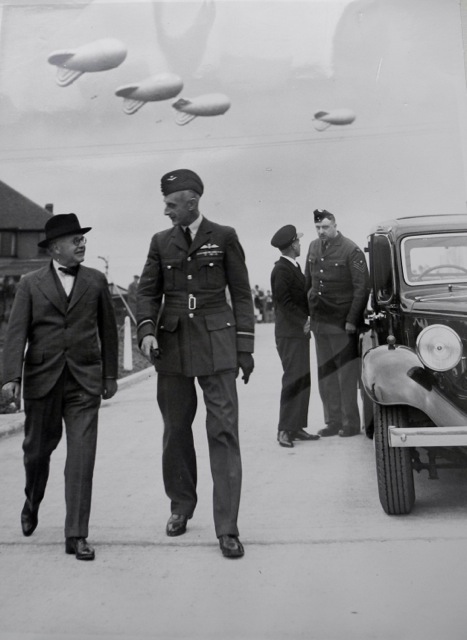You are currently browsing the monthly archive for November 2014.
The two million people who still watch the 1960s/70s hit Dad’s Army must be waiting with trepidation for the new film. The remake will need to be really good to live up to expectations, forty years on and there is still an Appreciation Society. What worked well in the original series was that we all knew the outcome of the war and the futility of Captain Mainwaring’s preparations. Back in 1940 the prospect of invasion was a real and present danger. Shooters Hill was one of the main arterial routes into London from the south coast and the 26th Battalion of the Home Guard had a crucial role in preparing for the defence of the city.
London’s preparations comprised of concentric rings of anti-tank defences and pillboxes in and around the city known as Stop Lines. Shooters Hill was in the middle Stop Line. From the top of Shooters Hill an invading army would have clear views of their prize and more importantly it would be within range of their heavy artillery. Remains of these defensive structures can still be found in the local area. In Oxleas woods strange concrete plinths and boxes are still visible which were part of the Stop Line defences.

Close to the former Police Station on Eltham Common, deep within overgrown brambles, is the remains of a spigot mortar, an anti-tank gun, used by the Home Guard. From this vantage point they would have a clear firing line on any invaders coming down the hill.
The proximity of the Royal Arsenal made this area vulnerable to aerial attacks and the Air Ministry bought land in the Kidbrooke area for the manufacture of barrage balloons. The balloons defended London against low flying aeroplanes.
Sir Howard Kingsley Wood, Air Minister, visited Kidbooke in 1939 as part of the recruitment drive for 5,000 men, aged over 35, to join the Balloon Service. The Home Guard was made up of the young, elderly and those in reserved occupations.
Hitler did have a plan, Operation Sea Lion for the invasion of Britain which included 6 divisions landing on the Kent coast around Ramsgate, Bexhill and Folkestone. If this had proceeded I think we can be confident that the local Home Guard were well prepared and wouldn’t be shouting “Don’t Panic”.

















